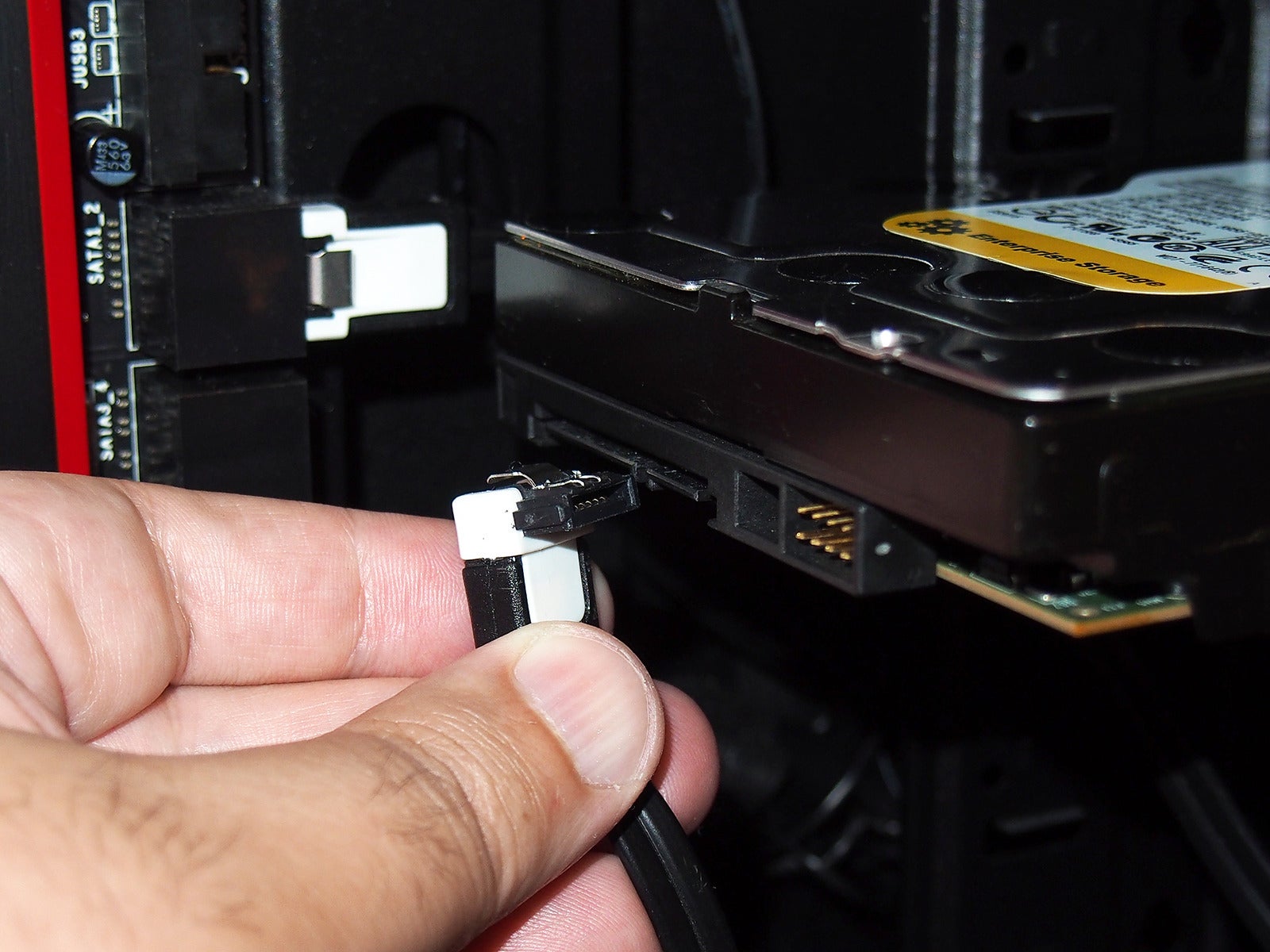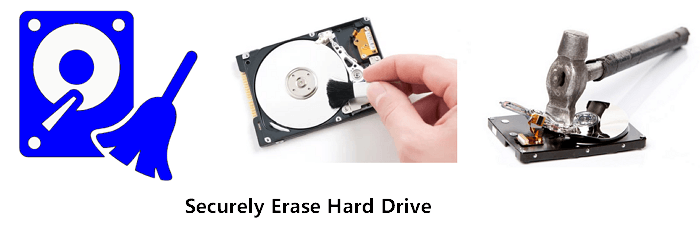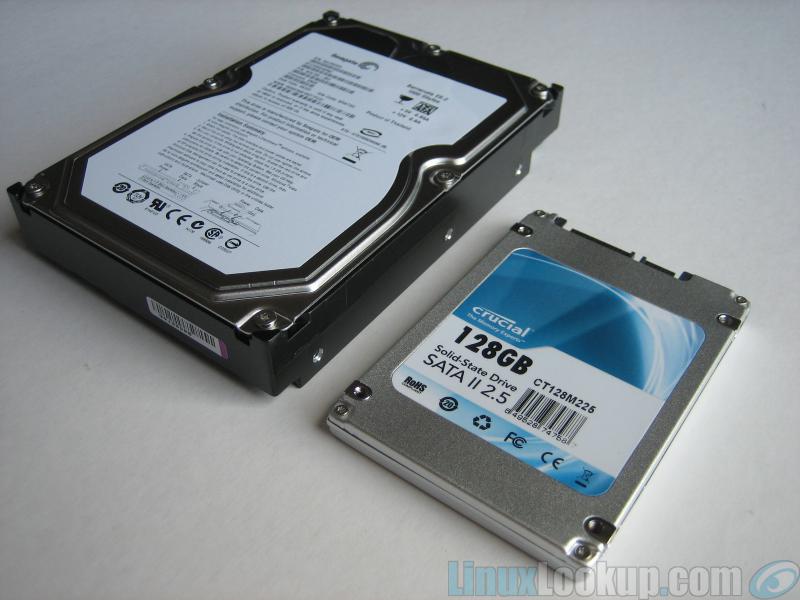

#Does disk aid work with ssd dirves software#
Differences Between Software Engineering and System Engineering.Advantages and Disadvantages of Blu-Ray Disk.Advantages and Disadvantages of CCTV Cameras.Advantages and Disadvantages of CRT Monitors.20 Advantages and Disadvantages of Mobile Phones.Advantages and Disadvantages of Microprocessor.Advantages and Disadvantages of Optical Disk.


What is Block Diagram of Computer System.There are both advantages and disadvantages of Hard disk drives and hence a new storage medium has evolved into the IT market which is known as SSD (Solid State Drive).ĭue to its, some of the amazing features SSDs have cemented their place in the most challenging and competitive market around. HDD records data by magnetizing ferromagnetic material directionally to represent either 0 or 1 in a binary form. The Sizes of disk platters vary from 1 to 14 inches in diameter. For an SSD based raid0 the seek time would be so small (between 0.08 and 0.16 ms ) it wouldn't matter much I expect.The Hard drives are made up of rigid materials, it has a disk-shaped platter made up of aluminium or glass and is coated with a thin layer of magnetic material the platters are hard and cannot be bent, therefore, are called a fixed disk. Stripe reads, but can perform reads in parallel.Īs suggested in the comments, mixing sizes with mdadm will not give a speed increase if you utilise all disk space as opposed to letting the smallest disk define the size of the array.Īlso seek time will not improve in a raid0 and can even become a bit slower. Regular RAID 1, as provided by Linux software RAID, does not This runs mirroring with striped reads, giving the read performance of Run both striped and mirrored, even with only two drives in f2 layout RAID 1+0 with four drives though, it can include any number ofĭrives, including odd numbers. Layout defaults to a standard RAID 1 with two drives, and a standard
#Does disk aid work with ssd dirves driver#
Linux MD RAID 10 provides a general RAID driver that in its "near" That would be the best of both worlds, you don't find that often. You would get better redundancy than other raid levels, with only a slight speed penalty compared to a raid0. If using mdadm it may be worth considering to just use a raid10 as in certain configurations it can get near the performance of a raid0, that is read performance of a raid0 and already improved write performance over other raid levels (except raid0). You can even mix sizes, at least with mdadm. In fact those scenarios is what I often used a raid0 for and it is a great way to squeeze a bit more life out of a bunch of older, lower capacity and inexpensive disks that would otherwise have been collecting dust. It would work great for things such as a build server, or scratch space for large scientific computations. Naturally you'd only use the raid0 for data that can be lost any time without problems. I think you'd be limited more by the failure rate, if you go over about 16 disks (I rather not like to think about it). A raid0 of 16 drives would be asking for trouble and then I'd consider a raid10, it would still be fast enough and you have less to worry about.Īs for how many drives would max out a system's resources I wouldn't know unless I had detailed system specs. I would expect a raid0 of 8 drives to not last more than a year or two, if you're lucky. Of course the more drives you add, the higher the chance one of them fails and your whole raid is destroyed. If using linux you may want to use a kernel that has been configured without "preempt" in order for server oriented tasks to get preference over user responsiveness. But nothing that would really hinder overall usability. Especially if you use the onboard SATA controller in a softraid combination. You may see increased use of system resources the more drives you add. The CPU, raid and/or disk controller, memory, it all should be able to handle it. In any reasonably modern system with a raid controller, or even using a software raid with linux' mdadm, using 8 drives will be faster than using 2 and you should not be held back by the rest of the system's performance. The performance increase would not be linear, that is 4 disks is not exactly twice as fast as 2 disks. However in practice you would be limited by the the bandwidth of the raid controller, the CPU and memory performance and similar. In theory yes, more drives in a raid0 would lead to higher performance because the load is shared over more drives.


 0 kommentar(er)
0 kommentar(er)
